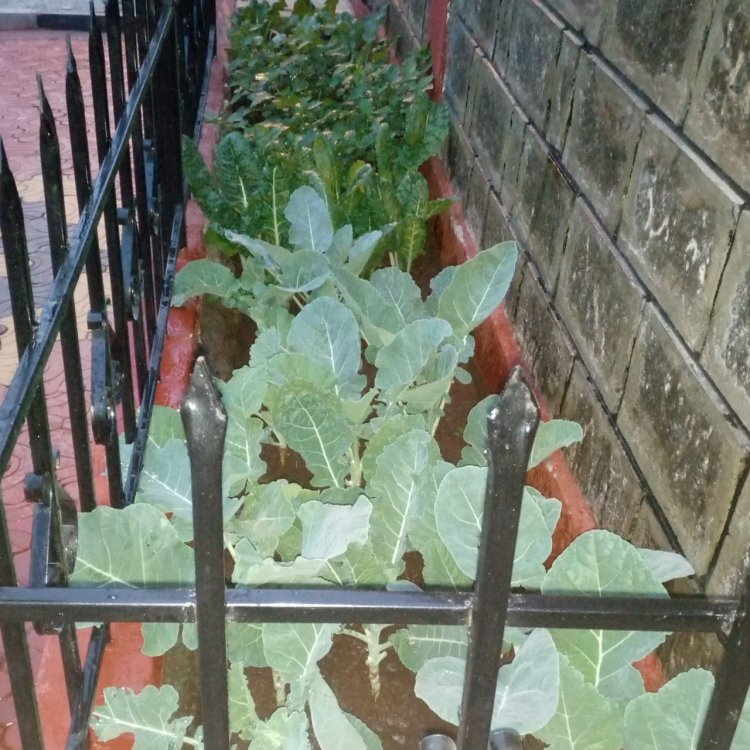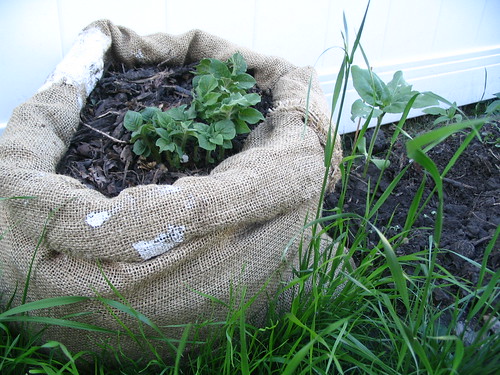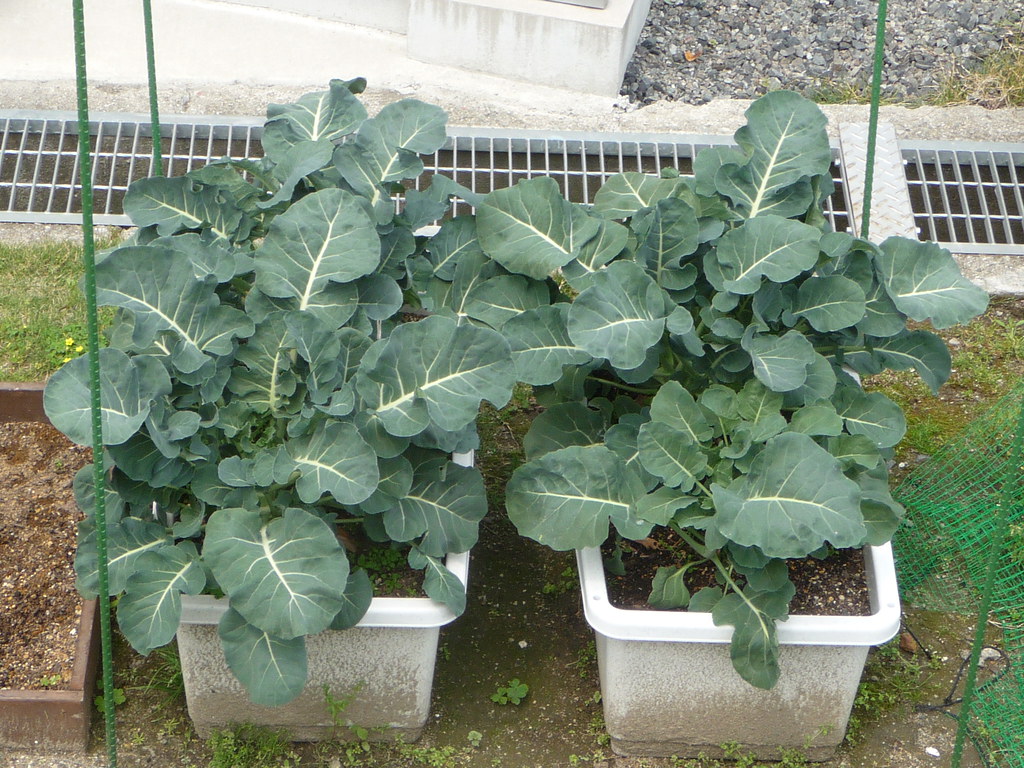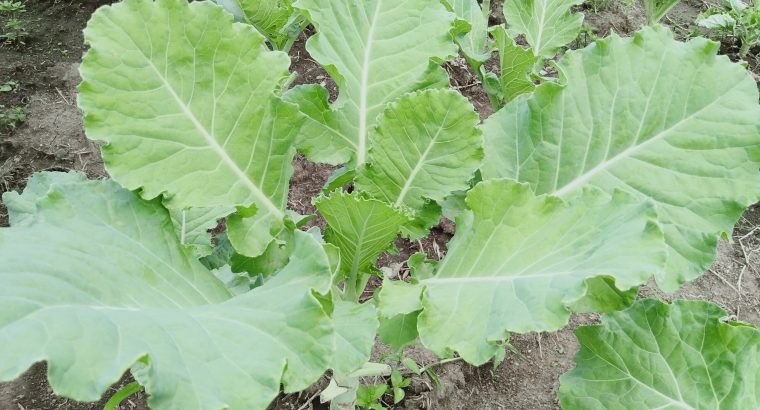How to Grow Healthy Sukuma Wiki in a Limited Backyard Space
If you have a small backyard, there are several methods you can use to cultivate healthy veggies, especially if you live in a city like Nairobi, Kisumu, or Mombasa.

However, Urbanization and inflation of prizes are here to stay with us and it's upon you as a person to try and cut costs by all means.
What is a Kitchen Garden
Is a garden or area where vegetables, fruit, or herbs are grown for domestic use.
Kitchen Garden preparation
- Depending on the size of your kitchen garden mix it with eth red soil believed to be very fertile and mix with normal soil.
- Add fertilizer not a preferably artificial one.
- Make sure that the fertilizer is uniformly mixed with the soil for proper aeration.
- Sprinkle the mixture with water if at all there`s no rain. Sprinkle it with water and allow it to stay for a period of one week.
- Bring your plants from your container seedbeds and transplant them in the second week.
- monitor their growth

A simple Kitchen Garden. PHOTO COURTESY BKN
Gunia farm preparation
- Take a 50 kg Gunia (gunny bag) and fill it with soil, if you have manure mix it in in equal measure.
- When the gunia is about 30-45 cm filled, take a container you can use 2kg cut off the bottom so that its open on both sides, and place it in the middle of the gunia.
- Fill it with small pebbles-you can use the ‘kokoto’ used in construction and continue adding soil around it up to the top; gently remove the tin leaving the stones in the middle.

Gunia Farm. PHOTO FILE
What is a Nursery
A nursery is a place where plants are propagated and grown to the desired size. Mostly the plants concerned are for gardening, forestry, or conservation biology, rather than agriculture.
Reasons why you need a nursery
A nursery is a location where plants are grown for transplanting, stock for budding and grafting, or for sale. Commercial nurseries grow and sell woody and herbaceous plants, such as ornamental trees, shrubs, and bulb crops.
What are the types of Nurseries?
There are two different types of nurseries depending on what you want and how you want your plenty to be.
1. Plant Nursery: A plant nursery often includes outdoor space for mature plants as well as greenhouse areas for seedlings.
2. Retail Nursey: The retail plant nursery often includes sheltered greenhouse areas and also outdoor spaces where more mature plants are kept.
Because sukuma wiki and spinach are members of the same family, they require the same environmental conditions to thrive, as well as a similar amount of time to mature, and are attacked by the same pests. Seeds of Sukuma and spinach must be nurtured in a nursery for four weeks before transplanting into the garden.
A nursery can be made out of a container (20-litre jerrican cut in half), or the top of your gunia—which now has a circular patch of stones surrounded by soil—will serve as your nursery. Make shallow ditches 15 cm apart with a stick.
You will appear to be painting circles around the stone patch. Spread your seeds thinly, fill the trenches with soil, and cover with grass, and water—use a watering can that spreads water in a shower pattern.
If you have more space, make a raised bed of dirt one meter wide and as long as the number of seedlings you wish. Mix dry manure into the soil, then drag a stick or your finger through it to make ridges half an inch deep and 15 centimeters apart. Spread the seeds thickly and lightly cover them with dirt before covering the bed/container with grass and watering.
Gunia Transplanting
After three days, your Sukuma/spinach will have germinated; water regularly until they are ready to be moved to the gunia or your backyard. To reduce plant stress from direct sunshine, do this on a cloudy day or in the early morning (6-10 am) or evenings (4-7 pm). Water seedlings for at least an hour before transplanting them from the nursery. Meanwhile, get your gunias ready to accept the new seedlings.
Make holes 30 cm apart around the gunia with a knife; when you finish one row, you should have a circle of holes around the gunia. Do the same thing thirty 30 cm below this row. Water your gunia from the top, uproot the seedlings from the nursery (remember to hold the bottom half of the stem when uprooting), and plant the seedlings into the gunia holes with your fingers.
Watering & fertilization
Water the transplanted seedlings twice a day, in the mornings and evenings and don’t miss a day.

PHOTO FILE
Spray your sukuma wiki with foliar fertilizer after two weeks, such as Easy Gro or Gatit foliar feed fertilizer. The plant will be experiencing substantial leaf growth at this point, thus fertilization is critical.
Harvesting
It is cutting of crop {Sukumawiki} after it is matured.
Harvesting your sukuma wiki/spinach should take 3-4 weeks after transplanting; harvest in the mornings or evenings.

PHOTO FILE
To avoid rotting, harvest Sukuma wiki by breaking off the leaf branch but leaving a piece of the branch attached to the main stem. To avoid rotting, remove the entire leaf branch from the main stem of spinach.
Conclusion
Kitchen garden farming and Gunia farming may be done in small spaces, so make good use of your balconies and backyards to improve your quality of life.























